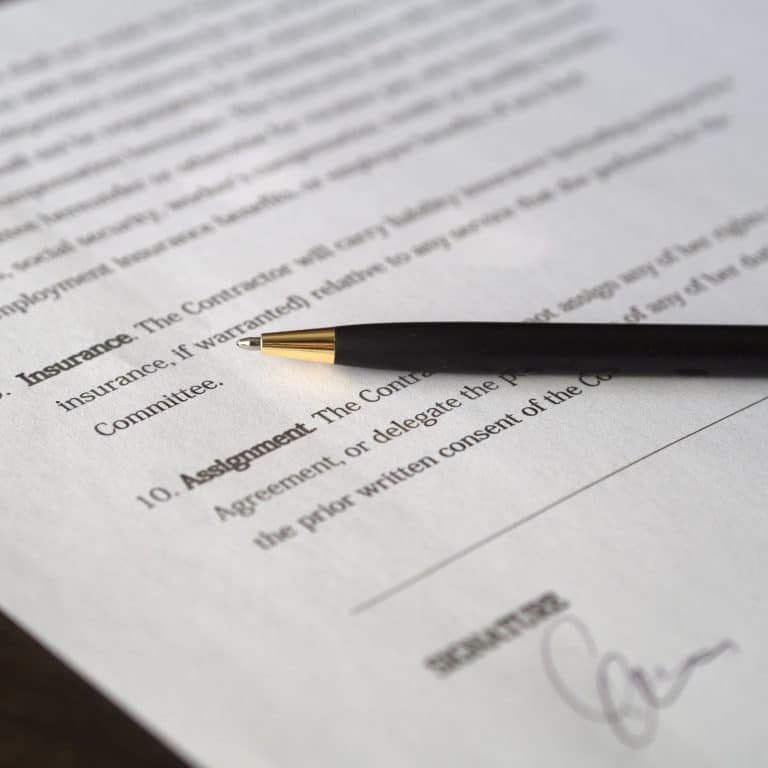A company offers many benefits as a business entity – from a strong legal support structure, to capped tax rates and the ability to retain earnings. But one of the top benefits often touted for this popular entity lies in its power for asset protection, as business assets and operations can be separated from the personal assets of the individuals involved.
Whilst the benefits of companies are plentiful, asset protection risks arise as a business faces varying scenarios. Below we outline some additional considerations and strategies you can engage to ensure your assets are kept safe.
Scenario 1: Loaning personal funds to the company
Capital is often required in business, particularly when launching a new venture. To kickstart things, many people either loan their own money to a company or receive loans from family members. These loans are made with positive of intentions that the venture will be successful and the loan repaid.
As we all know, ventures often fail, loans made can’t be repaid putting a huge financial risk on the individuals unless they have secured the loan. To help alleviate the risks, it’s important to properly document the particulars of the loan from the outset:
- Ensure the terms of the loan are properly documented in a Loan Agreement.
- Establish a Security Interest as part of the terms of the loan ensuring that the lender can access assets of the company ahead of unsecured creditors, if the debt isn’t repaid.
- Register the Security Interest on the Personal Properties Security Register (PPSR).
Scenario 2: Giving personal guarantees
Many individuals become unstuck where, as directors, they have given personal guarantees on behalf of the company. Whilst personal guarantees are best avoided altogether, they are often required by banks, landlords or trade suppliers.
Many business owners don’t think twice about signing these guarantees, assuming it is all a normal part of doing business. And there may be no issues – until the business faces financial difficulty and creditors start knocking on the door of the individuals.
There are several considerations when it comes to signing a personal guarantee:
- If the business is a family business, avoid having both spouses as directors of the company. Instead, have one spouse take on the business risk (including the signing of personal guarantees) and the other own the personal assets, such as the family home.
- They don’t just disappear! A personal guarantee is not released upon the individual’s resignation as a director, the company’s de-registration, or even death. The creditor’s consent is required to release the personal guarantee, unless it can be taken to court and proven to be invalid.
- If a personal guarantee must be given, try to limit the exposure – put a financial limit on the liability as well as a time limit (e.g. whilst the individual is a director).
Scenario 3: Trading under distress
Many company directors find their businesses in distressed situations but continue trading in an attempt to recover, thinking they have personal asset protection due to the company carrying the liabilities, or they have put additional mechanisms in place to secure their personal assets. But this is not necessarily the case.
Statutory provisions under the Corporations Act and Director Penalty Notices (DPNs) issued by the ATO can make directors personally liable for liabilities of the company in certain situations. Despite the legal documents in place, trading under difficult circumstances could land directors in the firing line:
- The Corporations Act provides that the directors can be personally liable where they have allowed the company to trade whilst insolvent.
- The ATO can issue DPNs requiring directors to personally pay for the company’s tax liabilities for PAYG, Superannuation and GST – namely, money the company has collected on behalf of the ATO but has not remitted to the ATO.
Continuing to trade under distressed circumstances spells danger for directors personally, and should be avoided.
Scenario 4: Death of a director-shareholder
Many small businesses centre around key individuals as both directors and shareholders of the company. Departure of a key person can be devastating for a small business. Where a key person dies, becomes severely ill or is otherwise unable to work, having a Buy/Sell Agreement in place provides a mechanism for the succession of the business.
A Buy/Sell Agreement outlines the processes to buy out the interest owned by the departing shareholder, to reduce the impact on the other business owners and family members involved. It covers issues that aren’t typically dealt with in Shareholders Agreements, which are also important but can lack certainty in their terms around such issues.
Find out more
Our experts recently participated in a webinar tackling the big questions surrounding the risks, strategies, benefits and asset protection considerations for companies and their directors and shareholders. Along with the above points, topics covered in this webinar include brand protection, director issues, shareholder risks and company restructures.
Visit taxevents.com.au for more of our event content.



